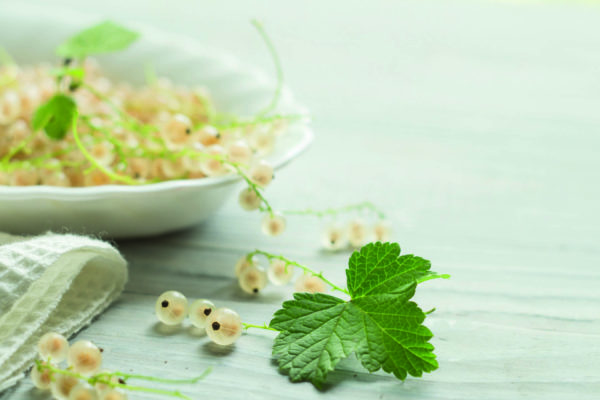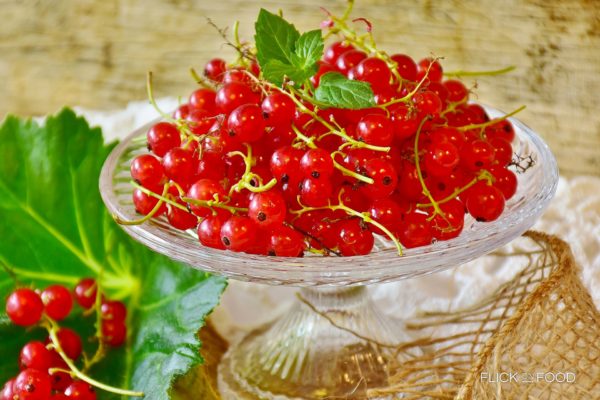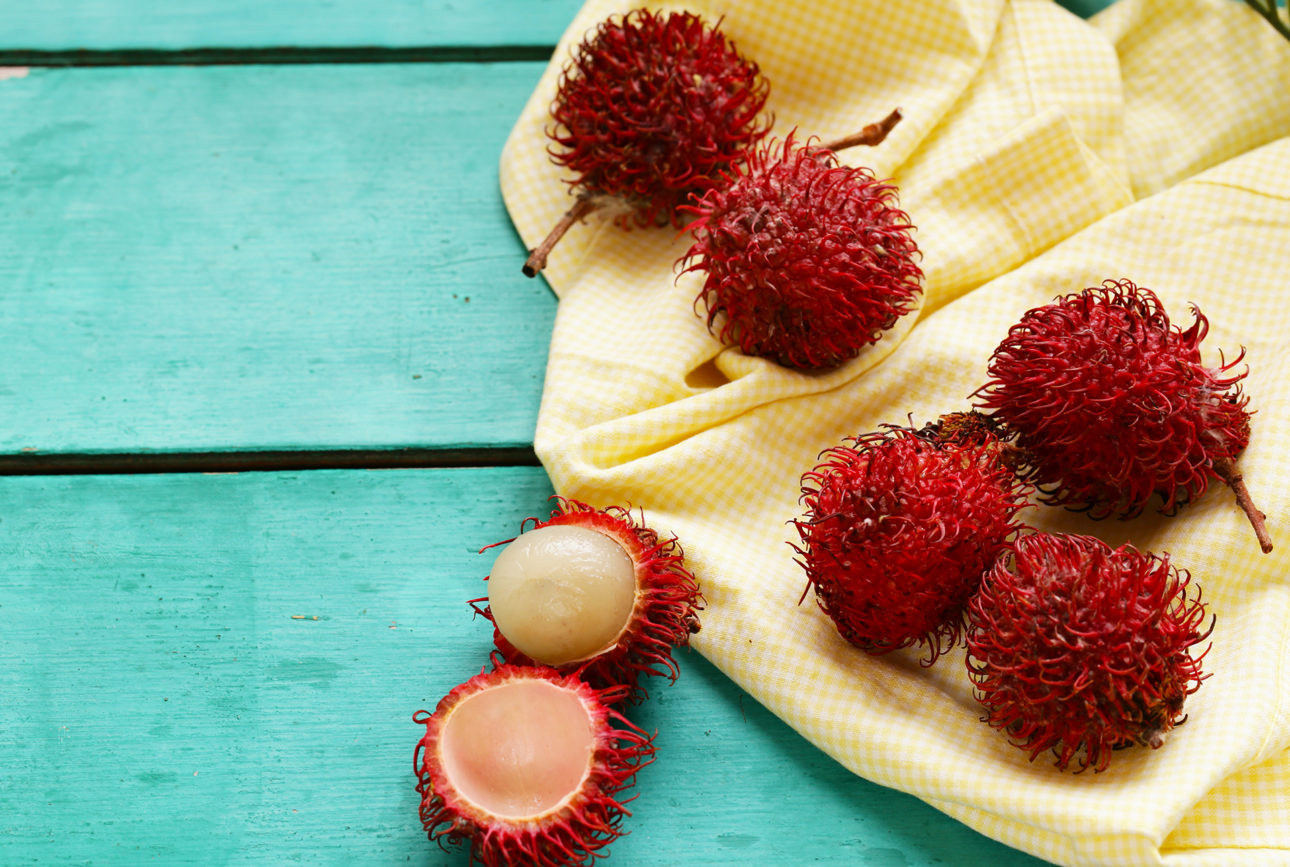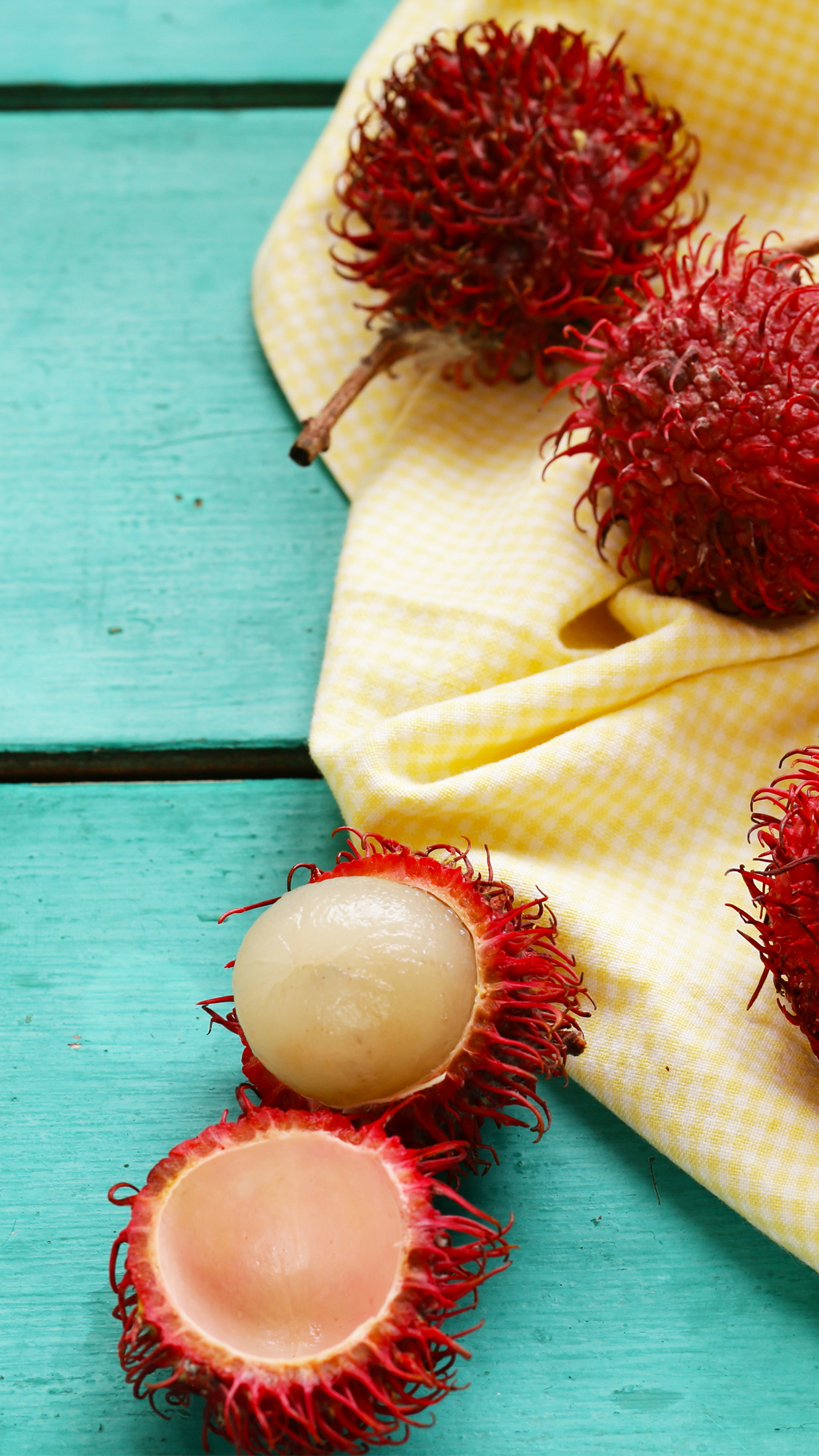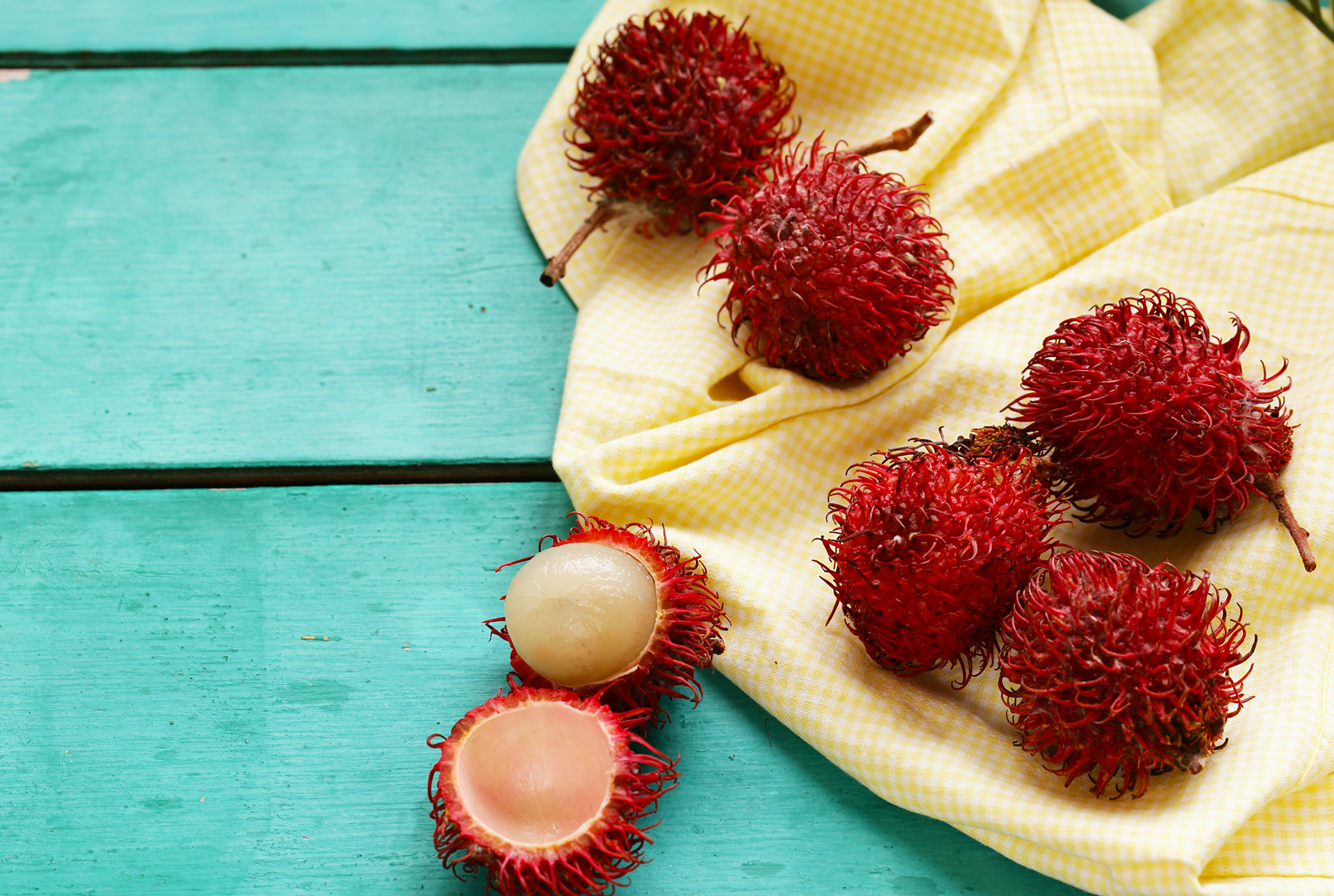
The exotic fruit with bright red skin and a sweet flavor. Try them fresh on their own.
Origin
Rambutan is a small fruit with bright red skin, and are covered in filaments that look like spikes but are actually quite soft. This is how it got its name, which means “hair” in the local language, or “mass of hair” “hairy fruit” or “tangled hair.” The nephelium lappaceum is a medium sized tree from the Sapindaceae family native to Southeast Asia. Both the tree and its fruit are called rambutan.
The pulp of the fruit is soft and white, with a hard pit inside. Originally from Indonesia and Southeast Asia where its still most commonly consumed, it is closely related to lychee, mamoncillo (Spanish lime) and longan fruit. You can also find a smaller yellow type for sale.
Once removed from their quite adherent, hairy skin, the fruit is juicy and meaty, with a sweet taste similar to grapes. The pit inside looks a bit like an almond. Rambutan contain high levels of vitamin C, which makes them a good antioxidant, and also contain calcium and phosphorus. There are over 50 varieties of this fruit.
In the kitchen
Rambutan are similar in flavor to lychees. They’re mainly eaten fresh on their own, by scooping out the fruit after cutting it in half and removing the pit. Their delicate, super sweet taste make them the ideal ingredient in caramelized sweets, jams or gelatine. Before eating rambutan, first make sure they’re ripe: choose ones with bright red skin, without any green on the skin or spikes. You can open and remove that external layer and eat the pulp inside. The seeds should be discarded however, because if eaten in large quantities, they can cause gastrointestinal problems.
Did you know that?
Rambutan are rich in B vitamins, especially niacin (which is vital for the nervous system), and ascorbic and citric acid. The seeds are edible, and contain mainly oleic and arachidic acid, and other substances which make them useful in common medicines like analgesics. Just like saffron, rambutan are also rich in manganese as well as phosphorus and iron.
Given their small calorie count and sweet taste, these are great for a tasty, energizing snack. There are no issues with eating the pulp, but be careful with the pits. If you eat them in excess they can cause digestive distress.



